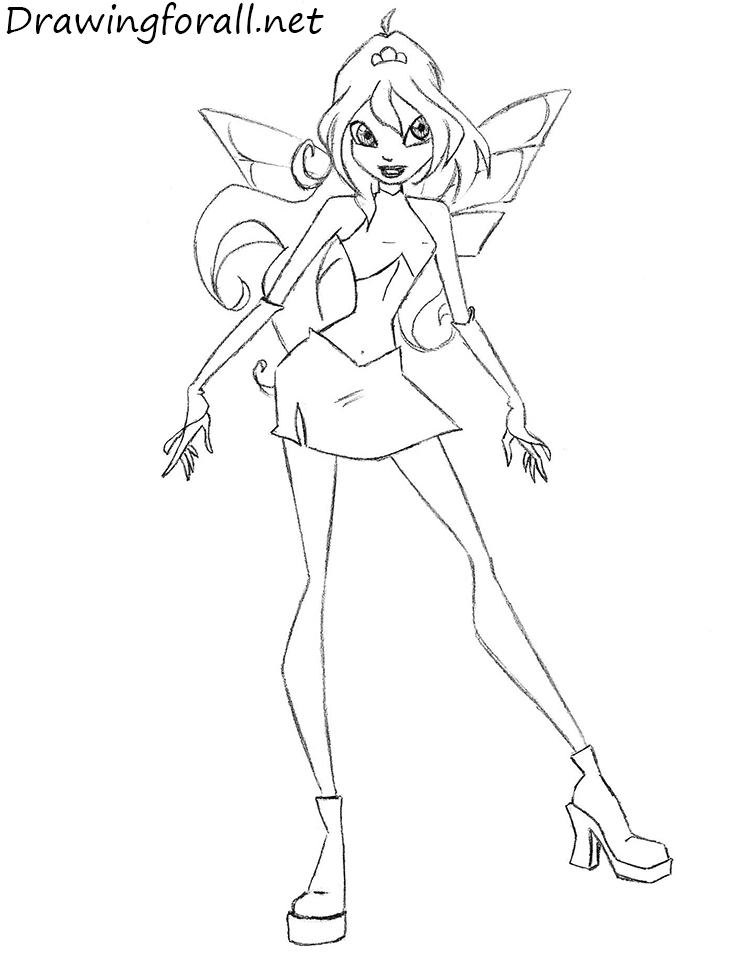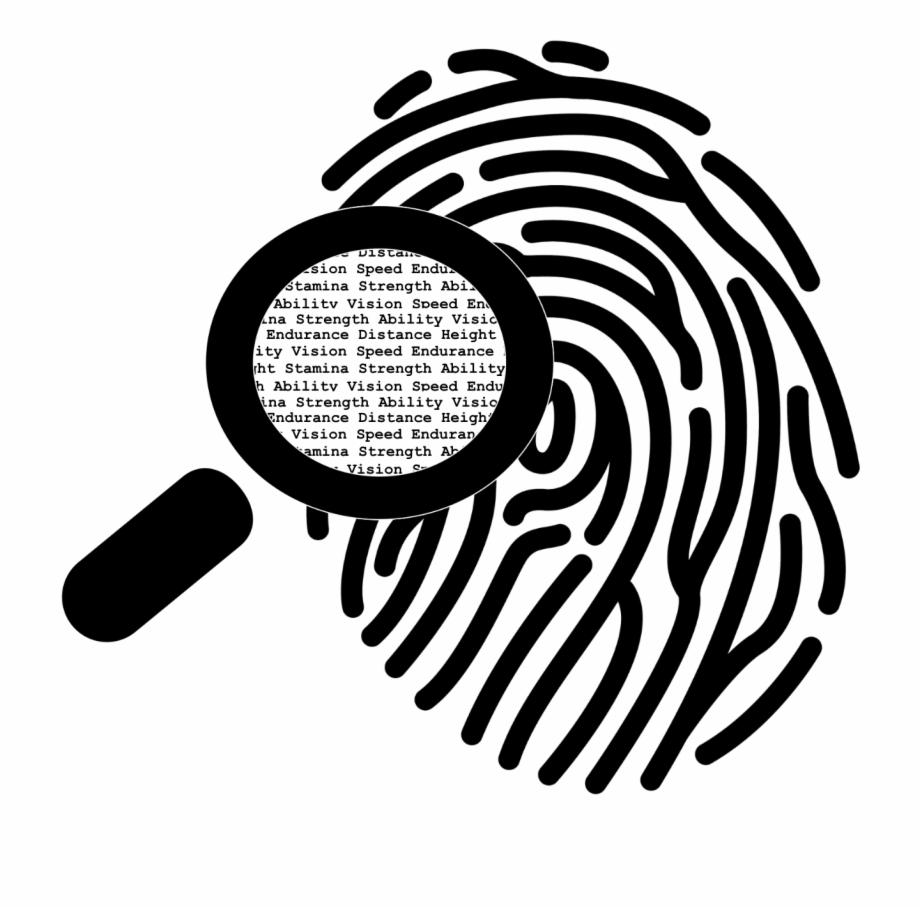Force physics draw
Table of Contents
Table of Contents
Are you struggling to draw a force diagram for your physics class? Maybe you feel overwhelmed with all the arrows and labels, or you aren’t sure where to begin. Drawing a force diagram may seem daunting at first, but with a little practice and guidance, you can master this skill and improve your understanding of physics concepts.
For many students, drawing a force diagram can be a frustrating experience. It’s often difficult to visualize the different forces acting on an object, and even harder to accurately represent these forces on paper. Students may also struggle with understanding which forces are relevant in a given situation, and how to properly label and scale their diagrams.
The key to drawing a successful force diagram is to understand the physics concepts behind it. At its core, a force diagram is simply a visual representation of the different forces acting on an object. By understanding the basic principles of force, motion, and equilibrium, you can create accurate and informative diagrams that reflect the physical reality of the situation.
In summary, drawing a force diagram requires a solid understanding of physics concepts such as force, motion, and equilibrium. By grasping these principles and getting plenty of practice, you can create accurate and informative diagrams that reflect the physical reality of the situation. This can help you better understand and analyze physics problems, and will ultimately lead to better grades and deeper comprehension of the subject.
How to Draw a Force Diagram: An Example
When I first learned about force diagrams, I was completely lost. I couldn’t wrap my head around which forces were relevant in a given situation, or how to represent them on paper. However, through trial and error, I eventually developed a simple method for drawing these diagrams that has served me well over the years.
First, I always start by identifying the object or objects in question. This could be anything from a simple ball rolling along a table to a more complex system of pulleys and levers. Once I have a clear understanding of the object and its surrounding environment, I begin to identify the different forces at play. These could include gravitational forces, frictional forces, tension forces, and more.
Next, I start to visualize how these forces are acting on the object. I often draw a rough sketch of the object and its surrounding environment, and then “map out” the different forces using arrows and labels. I make sure to label each force clearly, and to use a consistent scale for all arrows. This helps me to see which forces are stronger or weaker relative to one another, and to understand how they are influencing the motion of the object.
Tips for Drawing Accurate Force Diagrams
If you’re still struggling with drawing force diagrams, here are a few tips to help you get started:
1. Start with a clear understanding of the situation.
Before you even begin to draw your force diagram, make sure you have a solid understanding of the object or system you’re dealing with. Take notes, draw sketches, or use other visual aids to help you get a clear mental picture of the situation. This will make it much easier to identify and label the different forces at play.
2. Use clear, consistent labels.
When labeling your force diagram, be sure to use clear and consistent labels for each force. This will make it easier to see how each force is interacting with the object, and will help you keep track of which force is which as you work through the problem.
Practice Makes Perfect
As with any skill, the key to success is practice. The more you practice drawing force diagrams, the more comfortable you will become with the process. Over time, you’ll be able to identify the relevant forces more quickly, and to represent them on paper more accurately. With enough practice, drawing force diagrams will become second nature, and you’ll be well on your way to mastering physics concepts like force, motion, and equilibrium.
Question and Answer
Q: What is a force diagram?
A: A force diagram is a visual representation of the different forces acting on an object. These forces could include gravitational forces, frictional forces, tension forces, and more.
Q: Why are force diagrams important?
A: Force diagrams are important because they allow us to better understand and analyze physics problems. By creating an accurate and informative diagram, we can more easily identify the relevant forces at play and how they are influencing the motion of the object.
Q: What is the key to drawing an accurate force diagram?
A: The key to drawing an accurate force diagram is to have a clear understanding of the physics concepts behind it. By understanding principles such as force, motion, and equilibrium, you can create diagrams that accurately reflect the physical reality of the situation.
Q: How can I improve my ability to draw force diagrams?
A: The best way to improve your ability to draw force diagrams is simply to practice. Start by working through simple problems and gradually build up to more complex ones. As you practice, try to identify patterns and common elements that show up in many different types of problems. This will help you develop a more intuitive understanding of how force diagrams work.
Conclusion of How to Draw a Force Diagram
Drawing a force diagram may seem like a daunting task at first, but with a little practice and guidance, it can become second nature. By understanding the underlying physics concepts and using clear, consistent labeling, you can create accurate and informative diagrams that will help you better understand and analyze physics problems. So don’t be discouraged if you’re struggling at first - keep practicing, and you’ll be a force diagram pro in no time!
Gallery
Force Diagram Tutorial 2 - YouTube

Photo Credit by: bing.com / diagram force
How To Draw A Force Diagram - Free Wiring Diagram

Photo Credit by: bing.com / triangle
Force Diagrams | 101 Diagrams

Photo Credit by: bing.com / diagram force body physics forces diagrams vector ramp inclined plane acting objects statics block object vectors svg act incline upon
20+ Inspiration Net Force Physics Drawing | Charmimsy

Photo Credit by: bing.com / force physics draw
Force Diagram - Google Search | Let’s Get Physics-al | Pinterest

Photo Credit by: bing.com / diagram physics body force diagrams freebody block angles ramp mechanics deduce problems slope equivalent forces draw drawing normal formula mass





